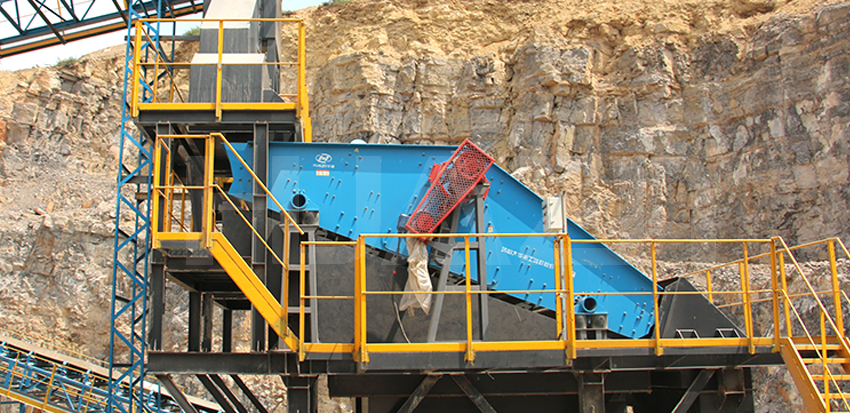The sand aggregate is an essential and primary raw material for the construction, road, bridge, water conservancy, hydropower, railway, transportation, and other infrastructure industries. It plays a vital role in the country’s construction and development.
The fineness modulus of sand aggregate products and aggregate gradation are determined by the crushing system and screening system, with “crushing and screening” as its core technology. The process flow in the project environment corresponds to various design processes, and the selection of crushing and screening machine for different processes directly impacts the quality of the final product. The following describes the commonly used crushing and screening machine in the sand aggregate production line.
► Crushing Machine
The crushing machine can be generally divided into extrusion and impact based on the working principle. The output products of extrusion crushing machine have a low content of stone powder, with a large proportion of flake particles. Common types of equipment include jaw crusher, gyratory crusher, cone crusher, and so on. The structure of impact crushing machine is relatively simple, with a large crushing ratio and better product particle shape. Common types of equipment include impact crusher, hammer crusher, vertical shaft impact crusher, and so on. In domestic sand aggregate projects, the crushing system generally consists of three operations: coarse crushing, medium crushing, and fine crushing. For coarse crushing, jaw crusher, gyratory crushes, and hammer crushes are commonly used. The medium-sized crusher is usually a cone crusher or an impact crusher. For fine crushing and sand making, vertical shaft impact crusher or cone crusher are commonly used.
Jaw Crusher
The jaw crusher offers several advantages, including its simple structure, high reliability for continuous operation, affordable price, adjustable discharge port, and minimal height difference required for equipment layout. However, it has the disadvantage of easily worn liners and uneven particle size distribution in the product. The jaw crusher is highly effective in crushing wet rock and ore with high clay content, making it ideal for processing sand aggregate raw materials. It is commonly used during the initial coarse crushing stage in domestic sand aggregate projects.
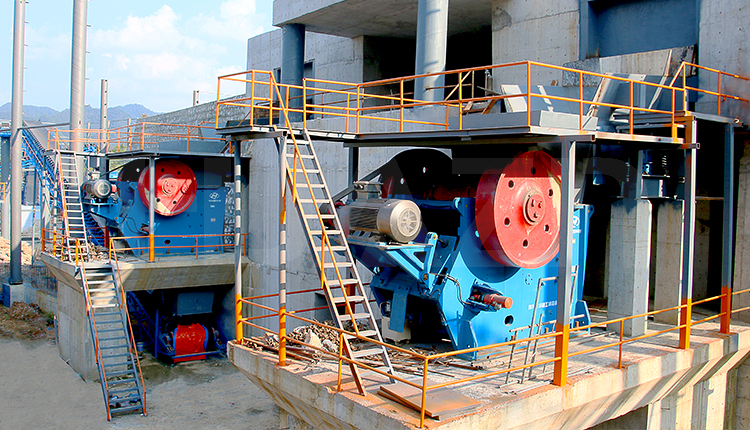
Gyratory Crusher
The remarkable feature of the gyratory crusher is the large processing capacity. When comparing the feeding and discharging port sizes of the gyratory crusher and the jaw crusher, it is evident that the product particle size from the gyratory crusher is consistently uniform. Additionally, its processing capacity is 2.5 to 3 times greater than that of the jaw crusher. However, due to its high overall investment cost and extensive civil engineering requirements, the gyratory crusher is better suited for large-scale sand aggregate projects.
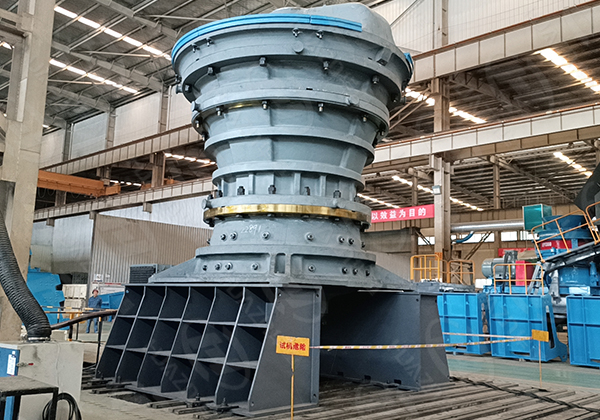
Cone Crusher
The cone crusher has a large crushing force, a high crushing ratio, and a large processing capacity. It is highly adaptable to materials with high hardness and difficulty in breaking. As a medium and fine crushing equipment, it can achieve high output and reliable operation. However, the manufacturing and maintenance of the hydraulic system and moving cone support structure of the cone crusher are more complex. As a result, when used for fine crushing operations, the product particle shape may be poor with low powder content. In domestic sand aggregate projects, the cone crusher is widely used in the second stage of crushing.
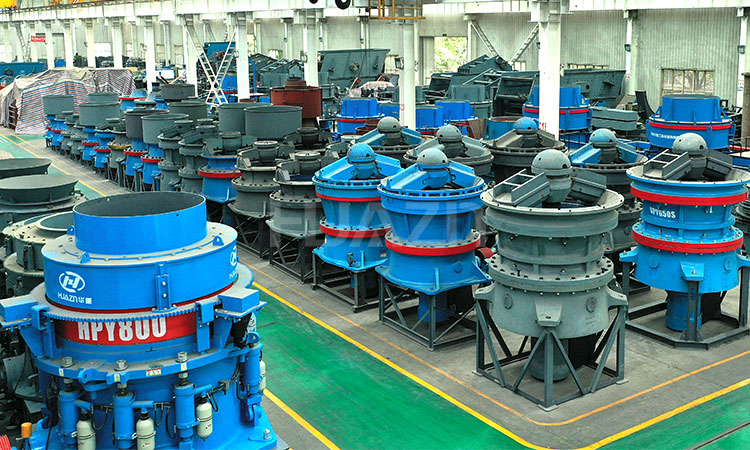
Impact Crusher / Hammer Crusher
The structure of the impact crusher and hammer crusher is similar, featuring a large crushing ratio and low energy consumption. However, they have the disadvantage of easy wear on the hammer and impact plate, making them more suitable for handling fragile materials. The impact crusher produces uniformly sized products and is commonly used in the two-stage crushing stage for domestic sand and aggregate projects.
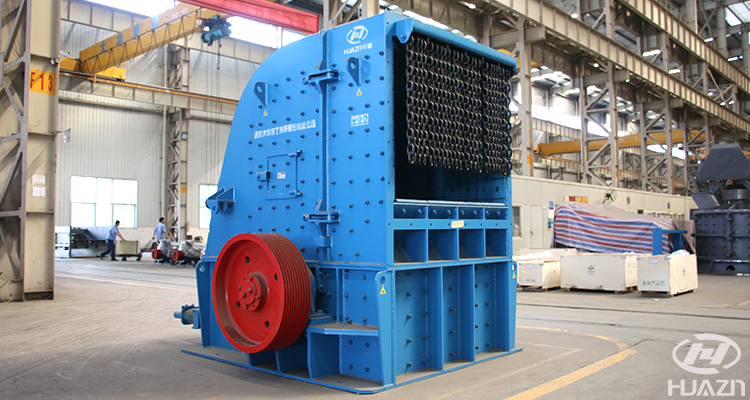
Vertical Shaft Impact Crusher
The vertical shaft impact crusher offers several advantages, including its compact size, simple foundation, high crushing efficiency, large output, and low maintenance requirements. It is suitable for fine and ultra-fine crushing of various materials under different working conditions. Additionally, it also serves the dual functions of shaping and sand making.
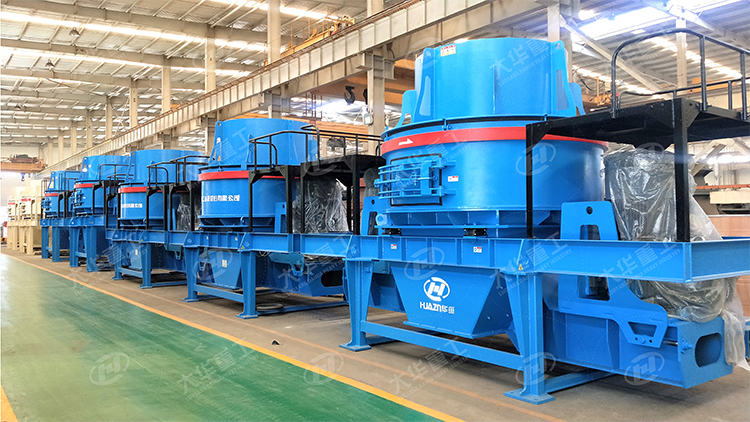
► Screening Machine
The operation effect of the screening machine directly impacts the quality requirements and prices of sand and aggregate. Ensuring the screening process indicators plays a crucial role in enhancing enterprise efficiency. The main types of screening machine include vibrating screen, roller screen, fixed screen, and fine screen. In sand aggregate projects, linear vibrating screen, circular vibrating screen are commonly used.
1) Circular vibrating screen
The circular vibrating screen offers numerous advantages, including high strength, exceptional screening efficiency, fatigue resistance, easy maintenance, and affordability. It can be customized with a multi-layer screen surface to meet various process requirements. However, it requires more frequent maintenance for the lubrication system and replacement of the vibration exciter. The circular vibrating screen comes in different structures and finds extensive application in sand aggregate projects.
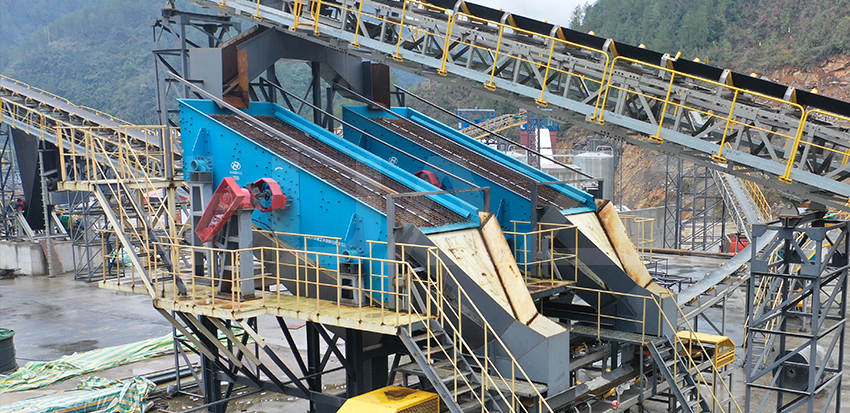
2) Linear vibrating screen
The linear vibrating screen boasts a compact structure, high durability, easy maintenance and stable vibration. However, its complex structure makes it difficult to adjust the amplitude. The consistent motion track of each point on the screen surface is conducive to material screening and is commonly used for fine particle screening and dehydration in sand and aggregate projects.
